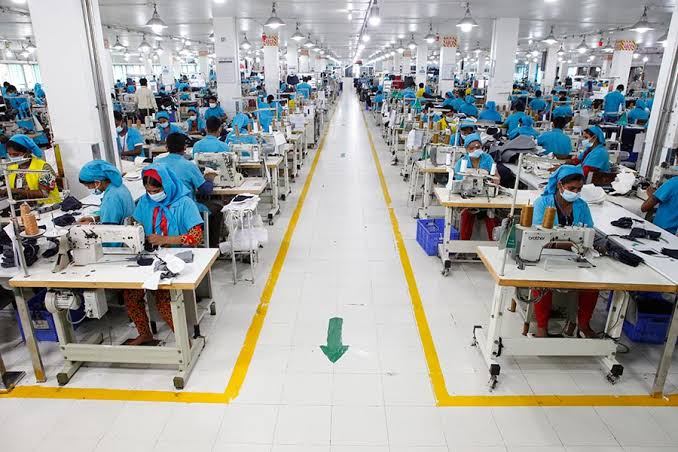
Published :
Updated :

It cannot be denied that the country's highest hard currency earner through export, the Readymade Garment (RMG) sector, has, of late, come up against certain unforeseen headwinds. The recent tariff war launched by the US President Donald Trump is definitely one. However, after negotiations with the number one global economic and military power, the government's trade delegation could bring down, to some extent, the high tariff the US first imposed on its imports from Bangladesh. Even the reduced rate of tariff will still be way higher than what was before the imposition of this new US tariff regime. Needless to say, it is the apparel products that are to endure the impact of such tariff hike from a major export destination of the country's exports. But it is not only the US tariffs, the uncertainties due to the wars in the Middle East and in Ukraine in Europe, which is the largest destination of Bangladesh's apparel as well as other products, have added to the challenges. Various tariff and non-tariff barriers recently raised by the neighbouring India on Bangladesh's external trade have also been playing their part in putting Bangladesh's chief exportable items through their paces. Also, the post-2024 cuts on general export incentives of 1.0 per cent, local yarn incentive of 3 per cent and the cash incentives of 0.5 per cent to 20 per cent of export value provided to different sectors including the RMG, together militated against the competitiveness of the RMG products in the global market.
Now, what challenges the post-graduation realities would pose to the exports are raising new concerns. That is because, the preferences Bangladesh had so far been enjoying as one of the least developed countries (LDCs) from the Western importers may not apply when the country joins the developing nations' club after graduation. The good news is, recognising the domestic and external challenges that the RMG sector is currently facing, the interim government has decided to maintain the existing export incentives and cash assistance programme for 43 sectors from July to December of the current fiscal year (FY 2025-26). However, a central bank's circular issued on July 10 to this effect specified that the rates for export incentives and cash support provided to products in question shipped between July 1 and December 31 would vary from 0.30 per cent to 10 per cent depending on product category. Of course, this is lower than the maximum rate of 20 per cent that the same category of products had been enjoying pre-2024. Even so, the question remains whether these export incentives including cash assistance would continue during the second half of FY 26, that is from January 1 to June 30 of the next calendar year.
It is against this backdrop that the leaders of the RMG sector recently met with the finance ministry officials to reiterate their demands for restoring pre-2024 cash support, local yarn incentive and general export incentive until 2029 in accordance with the World Trade Organization (WTO) provisions. Being the premier export sector of the country, the apparel industry leaders' demands have definitely their merits. And the successive governments have also been extending various incentives and assistances so they can remain competitive in the international market. While being sensitive to their cause, it is also important to understand the limitations of any government to continue propping up a particular business sector indefinitely.
It is time the apparel sector came of age and stayed competitive in the global market on its on strength. Meanwhile, the government should also extend necessary policy as well as financial support to other prospective export sectors, if only to diversify the country's export basket.


 For all latest news, follow The Financial Express Google News channel.
For all latest news, follow The Financial Express Google News channel.